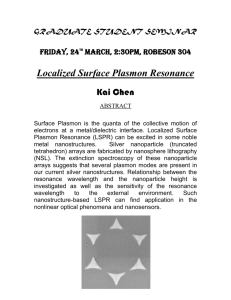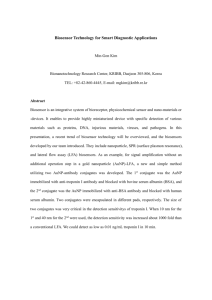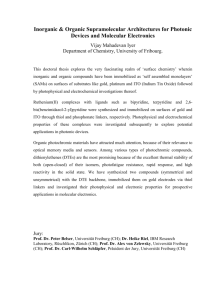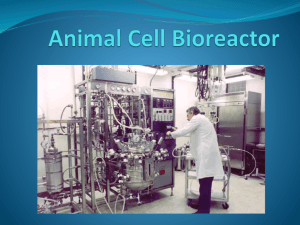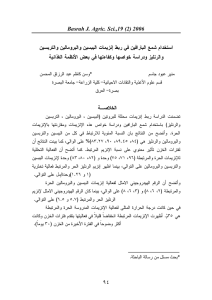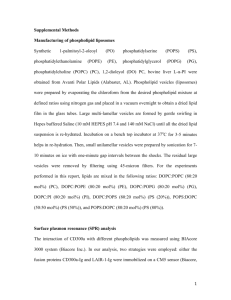Form 1
advertisement
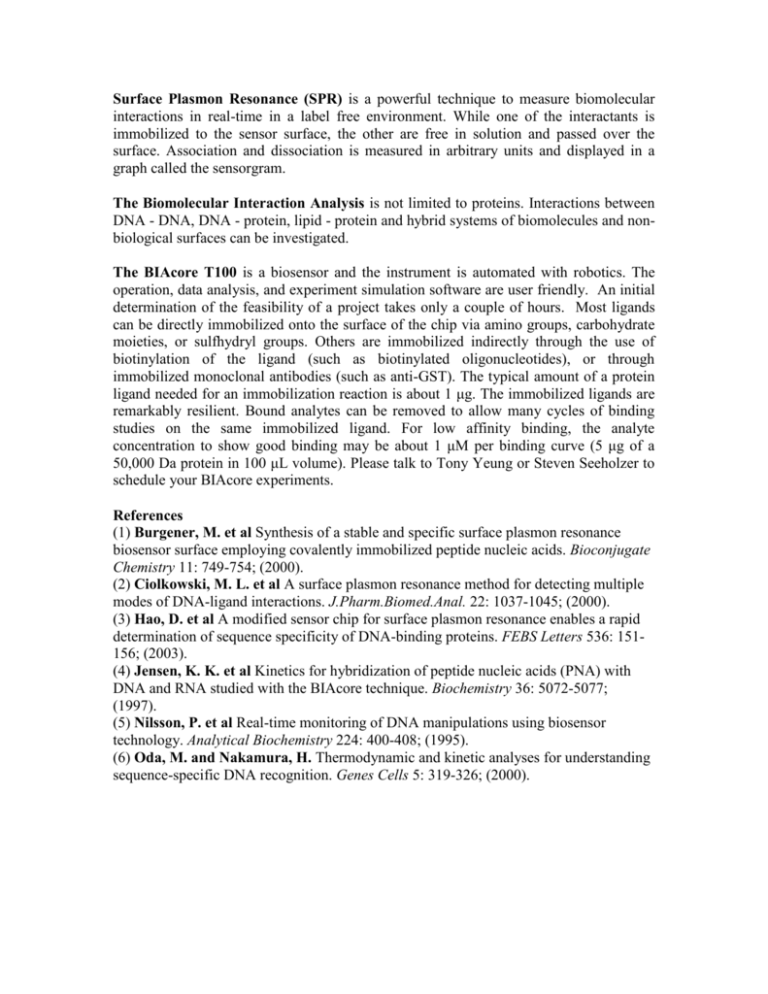
Surface Plasmon Resonance (SPR) is a powerful technique to measure biomolecular interactions in real-time in a label free environment. While one of the interactants is immobilized to the sensor surface, the other are free in solution and passed over the surface. Association and dissociation is measured in arbitrary units and displayed in a graph called the sensorgram. The Biomolecular Interaction Analysis is not limited to proteins. Interactions between DNA - DNA, DNA - protein, lipid - protein and hybrid systems of biomolecules and nonbiological surfaces can be investigated. The BIAcore T100 is a biosensor and the instrument is automated with robotics. The operation, data analysis, and experiment simulation software are user friendly. An initial determination of the feasibility of a project takes only a couple of hours. Most ligands can be directly immobilized onto the surface of the chip via amino groups, carbohydrate moieties, or sulfhydryl groups. Others are immobilized indirectly through the use of biotinylation of the ligand (such as biotinylated oligonucleotides), or through immobilized monoclonal antibodies (such as anti-GST). The typical amount of a protein ligand needed for an immobilization reaction is about 1 μg. The immobilized ligands are remarkably resilient. Bound analytes can be removed to allow many cycles of binding studies on the same immobilized ligand. For low affinity binding, the analyte concentration to show good binding may be about 1 μM per binding curve (5 μg of a 50,000 Da protein in 100 μL volume). Please talk to Tony Yeung or Steven Seeholzer to schedule your BIAcore experiments. References (1) Burgener, M. et al Synthesis of a stable and specific surface plasmon resonance biosensor surface employing covalently immobilized peptide nucleic acids. Bioconjugate Chemistry 11: 749-754; (2000). (2) Ciolkowski, M. L. et al A surface plasmon resonance method for detecting multiple modes of DNA-ligand interactions. J.Pharm.Biomed.Anal. 22: 1037-1045; (2000). (3) Hao, D. et al A modified sensor chip for surface plasmon resonance enables a rapid determination of sequence specificity of DNA-binding proteins. FEBS Letters 536: 151156; (2003). (4) Jensen, K. K. et al Kinetics for hybridization of peptide nucleic acids (PNA) with DNA and RNA studied with the BIAcore technique. Biochemistry 36: 5072-5077; (1997). (5) Nilsson, P. et al Real-time monitoring of DNA manipulations using biosensor technology. Analytical Biochemistry 224: 400-408; (1995). (6) Oda, M. and Nakamura, H. Thermodynamic and kinetic analyses for understanding sequence-specific DNA recognition. Genes Cells 5: 319-326; (2000).
